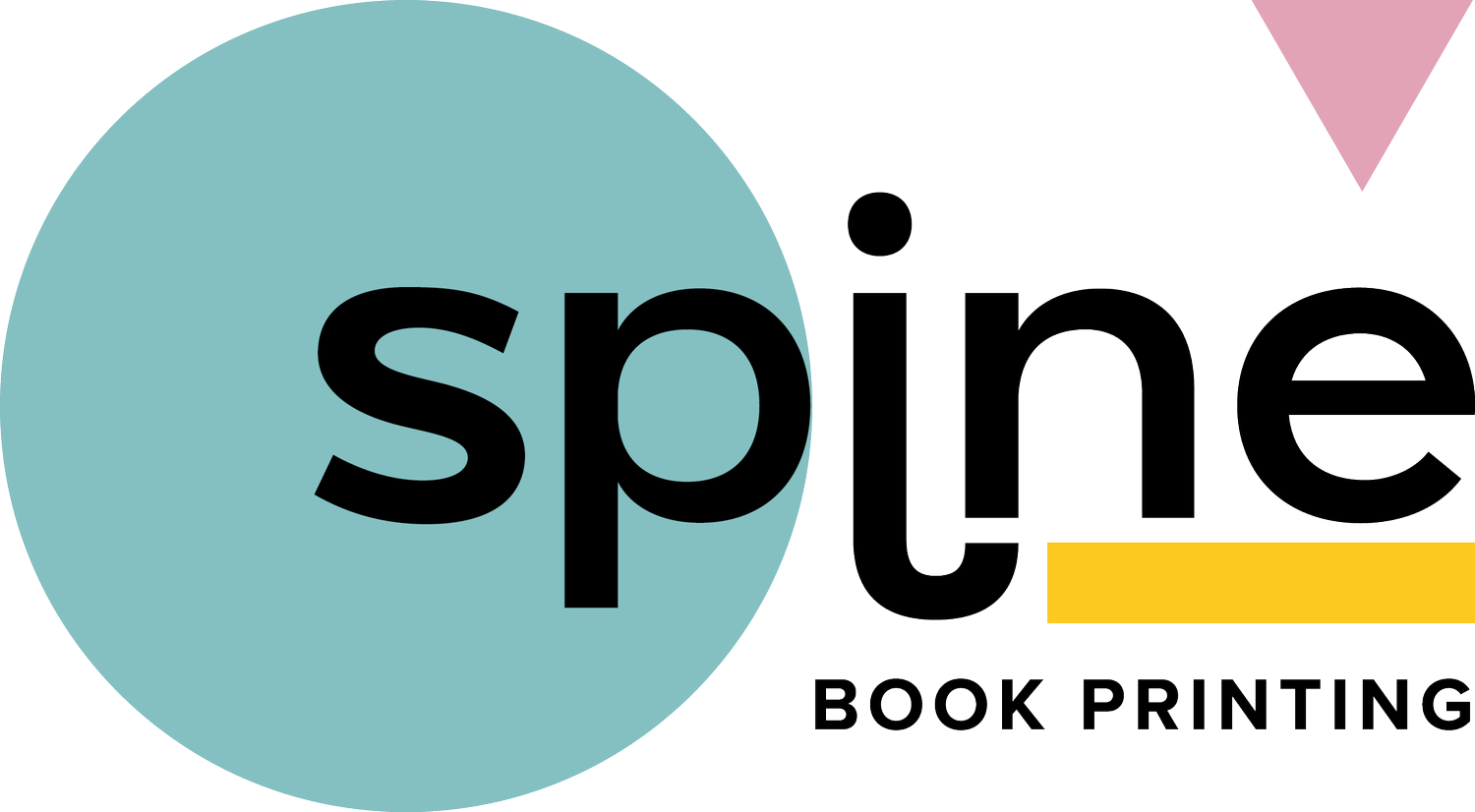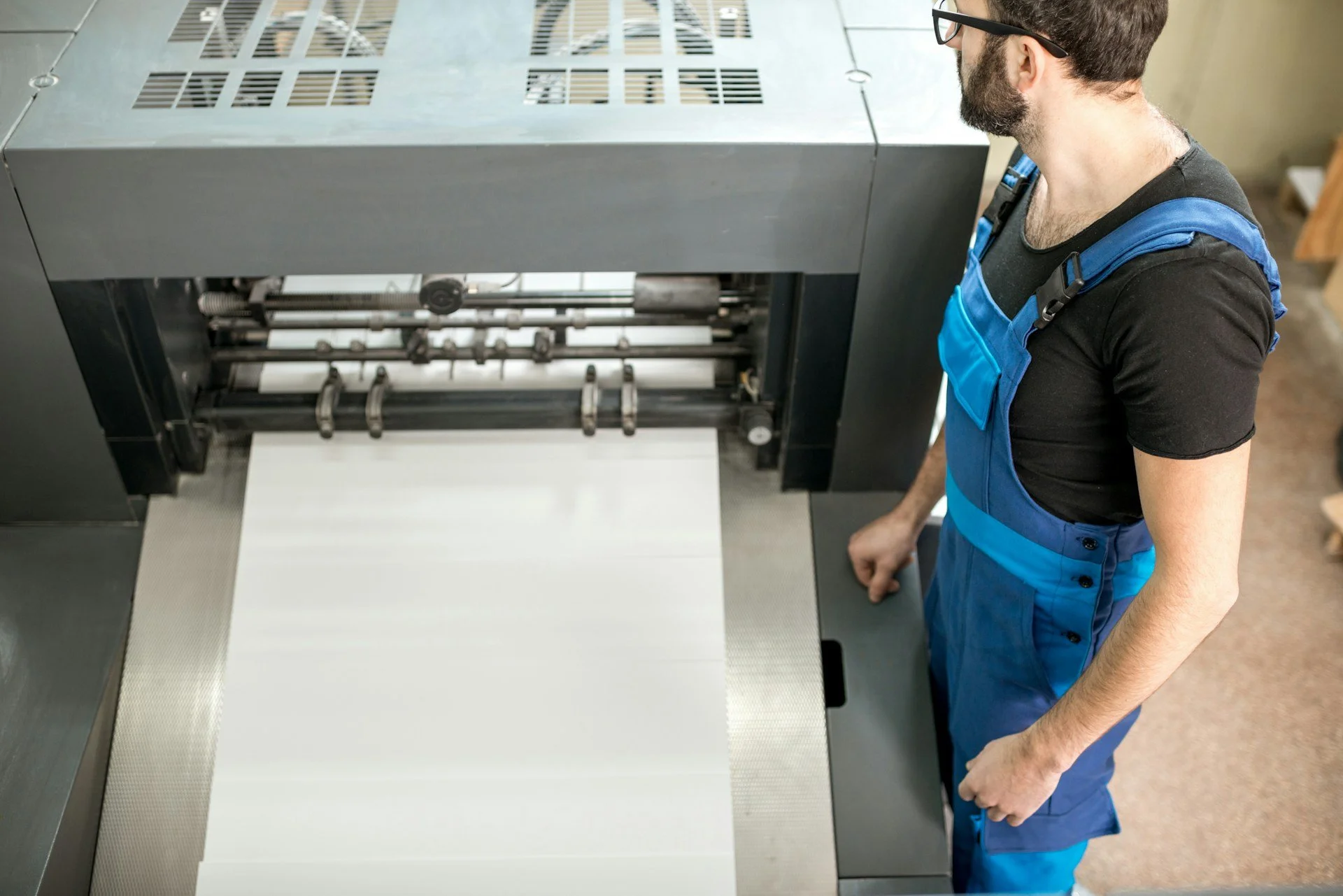Print-on-Demand Versus Bulk Printing: Which Problems Each Solves
Choosing the right printing method is a big decision for authors and publishers, especially when it comes to paperback book printing in the UK. Two popular options are print-on-demand (POD) and bulk printing, each serving different needs and solving specific problems. Choosing between these options requires an understanding of how each method fits specific goals and challenges. Whether you're a budding author planning your first book or a publisher overseeing a substantial project, selecting the right approach can impact both the quality and success of your printed materials.
Authors and publishers often grapple with decisions that can make or break a project. Choosing between POD and bulk printing can feel challenging, but understanding the strengths and weaknesses of each helps in making an informed choice. While POD offers flexibility and minimal initial expense, bulk printing provides advantages in cost per unit for larger orders. Each method addresses unique challenges, and finding the right fit will depend on factors like budget, project size, and target audience.
Print-On-Demand (POD) Explained
Print-on-demand is a modern method allowing for books to be printed only when orders are placed. This process involves digital files of your book being stored and printed one copy at a time, reducing the need for warehousing and minimising upfront costs. It's an attractive option for self-published authors and those who wish to test their markets without committing to large print runs.
The benefits of POD are numerous. For authors just starting or those with small but loyal audiences, it offers a way to manage financial risk. Without the requirement of a large upfront investment, there's no worry about unsold stock. This flexibility also means that last-minute changes can be handled with ease. Imagine launching a book and realising a small tweak is needed – with POD, this is a minor complication rather than a costly error.
POD works best in scenarios where the demand may be uncertain or expected to grow slowly. It's perfect for niche markets where the audience size might not warrant a bulk order. Authors can print as few or as many copies as necessary, safeguarding against losses due to unsold inventory.
Bulk Printing Explained
Bulk printing is the traditional counterpart to POD, where larger runs of books are printed in one go. This method offers several benefits, especially in terms of cost per unit. The more copies printed, the lower the price of each one. This method suits projects with high volumes or predictable sales, like educational textbooks or popular series launches.
One of the standouts of bulk printing is its cost-effectiveness for large orders. Publishers planning a major release or an author with a well-established readership can benefit from economies of scale, ensuring the budget stretches further. Bulk printing also stands out for its ability to provide consistent quality across a large number of copies, which can prove essential for professional presentations or book launches.
Projects that benefit most from bulk printing often include those with planned distribution channels. Major book launches or retail placements require a steady supply of inventory, making bulk printing a strategic choice. With bulk printing, authors can prepare for large orders and detailed plans, ensuring their book reaches the intended audience efficiently.
Comparative Analysis of POD and Bulk Printing
When weighing the options between print-on-demand and bulk printing, it's helpful to consider various factors like cost, time, and quality. With POD, the main advantage lies in its cost-effectiveness for small orders where there's minimal upfront investment. You only pay for what you need, each time a book is sold. This ensures there's no surplus wasting away in storage. Bulk printing, however, becomes more economical per book as the volume increases. If you have a large order, the savings on each unit are significant, making it an ideal choice for large-scale sales or pre-determined distribution plans.
Time considerations also vary. POD offers the benefit of quick turnaround, as books are printed and sent directly to the customer without delay. If speed is a priority, this method ensures your book gets to readers fast. On the flip side, bulk printing takes longer due to the larger volume, but it can be more efficient for planned launches.
Environmental impact is another aspect worth thinking about. POD reduces waste since books are printed only when needed, avoiding piles of unsold stock. This can be a more sustainable choice if environmental consciousness is important to you or your readers. Bulk printing, while potentially less eco-friendly, can be offset by using recycled materials or partnering with green-certified printing companies.
An example to ponder might be an author publishing a novel. By choosing POD initially, they assess the response, making tweaks based on feedback without the stress of having overstock. Once demand builds, transitioning to bulk printing may yield greater profits, leveraging economies of scale.
Choosing the Right Method for Your Needs
Deciding between POD and bulk printing boils down to assessing your individual needs, budget constraints, and timeline. Start by clearly defining your project size and audience.
- If your readership is uncertain or niche, POD offers flexibility and lower risk.
- For established authors with higher sales expectations, bulk printing might be more fitting given the potential cost savings.
Think about your distribution channels. If you're planning to sell primarily online, POD might streamline your process with direct shipping options. But for those with access to bookstores or doing event sales, having a bulk stock can be advantageous.
Budget also plays a large role. If funds are tight, POD lets you produce without dipping too much into your resources from the get-go. Bulking up on funds and launching a major campaign, however, could facilitate reaping the rewards of bulk printing’s cost per item savings.
Specific to paperback book printing in the UK, considering local printing services can save on shipping costs and delivery times, ensuring your books are where they need to be promptly.
Making the Best Choice for Your Printing Needs
Choosing the right printing method can shape the path of your project massively. By considering factors like how much you're willing to spend upfront, the speed at which you want your books to reach readers, and your environmental responsibility, you set a solid foundation for success. POD and bulk printing each stand out in their own rights, and the choice ultimately rests on your specific goals and circumstances.
It's worth taking the time to evaluate your strategy and where you see your books in the market. A thoughtful approach ensures that your printing method aligns with your vision and objectives, paving the way for a successful launch and engaging readership. Careful consideration will guide you to not only ensure financial prudence but also amplify the reach and impact of your written work.
Concluding your decision-making between print-on-demand and bulk printing can significantly affect your book project. Whether you're leaning towards flexibility or cost-efficiency, assessing your needs and market presence will guide you toward the best choice. If you're ready to explore options for paperback book printing in the UK, Spine Book Printing is here to ensure your publishing dreams become a reality, tailoring every print to your vision.

